Meet Photographer Joe Wesley
Interviewed by Holmag.INC
My Background

I was born in Port-au-Prince, Haiti, in December 1980, the middle child of five. My family immigrated to Miami, Florida, in the mid-80s. I lived there and attended high school, graduating in 1999. I then attended Florida International University and transferred to Florida State University, where I completed my undergraduate degree.
For a long time, I worked as a barber, but currently, I do a lot of other things. I started a production company with my closest brothers. We work as partners in producing stories and visual content, such as web series, short films, and documentaries. Right now, we have a show on YouTube. It is created and directed by my younger brother, Dumos Demett. The show is called “Too Each His Own.” We have many other projects we’ll be announcing soon and are currently working on new content.
Discovering Photography
My interest in photography began during my junior year in college, when I decided to take a beginner’s photography class. I enjoyed it so much that I didn’t put my camera down, even getting a digital camera back in 2004. I spent time in the darkroom processing film and prints. However, I’ve been focusing on digital photography for about 10 years now.
What really is photography? For me, it’s about lighting. I always consider cameras and lighting. I also use computer software to help improve my work efficiency. However, I try to hold on to my gear as long as possible. If it isn’t broken, there’s no need to fix anything. The key is to keep an eye on your gear and service it before your gear gets outdated.
Style and Process
When I started photography, I would point my camera at anything and everything. I captured everything from a street performer to landscapes. Then I discovered that I enjoyed portraits. Creating incredible portraits, whether it’s fashion, events, or lifestyle, is what I love doing. I even enjoy portraiture. I guess what I love most is seeing the reaction of people being pleased with their images.
For a specific shoot, I might develop an idea for a portrait. This may require a specific type of lighting. It could also need a particular location and a specific model, etc. And it doesn’t always come together with the way I envision it, which is why I do a test shoot. Often my shoots have multiple participants, like a director, a stylist, model, makeup artist, etc.
I believe any photographer can point and shoot. A professional photographer understands lighting, depth of field, composition, and uses light to create the desired image.
From my point of view, good pictures capture things you can’t take your eyes off. Images may carry many purposes. It depends on who it is for and what the image is. The purpose of the photograph is key to getting attention. If it’s doing that, then it’s a good image.
I always advise my peers to constantly check the lighting and techniques of their gear, because equipment changes quickly. It’s essential to stay up-to-date, and to always keep up with the times. Nowadays, almost everyone has access to devices with which it is possible to take pictures. This is the difference between a professional photographer and any other hobby photographer.
Gear and Advice
My favorite photography lens is the Canon 85 1.2. I like shooting with the lens fully open, especially when shooting outdoors. I think it’s the perfect portrait lens. I love how the images come out and the bokeh when shooting at a shallow depth of field.
Back when I first started, I was inspired by the work of David LaChapelle. I was intrigued by how he uses lighting and color in his images.
The face is the first thing that people notice in a portrait. I think it’s important to first consider the face. It has to be in focus.
I use Lightroom, Capture One, and Photoshop for editing. I’m just as good as any photo retoucherer, but I try not to depend on them. I think too many photographers depend on editing tools way too much these days. My ultimate goal is to produce images that don’t require any editing. I started photography using film, which didn’t have much room for error. I put much more value on pre-production than post-production.
In my free time, I like to shoot creative and artistic portraits. I avoid all events, as I view the photographer as being all about lighting. A photographer uses light and/or manipulates light to create images. That will never change.
I only have one piece of advice for someone starting their career: Fall in love with lighting. Learn it, understand it, and learn what tools you can use to manipulate it. There will be many mistakes. There’s a lesson in each one. Just make sure you learn from your mistakes.
JW







Recent Comments